Teresa Sapey, the Italian-born architect and interior designer, tells us how she gets involved in her projects, adding her special unique style. From ephemeral to residential projects, her creations have their own identity, offering sensation-filled spaces where multidisciplinary approaches shine sublimely. Her personal and professional life has helped her to develop her instinct, becoming a way of life itself.
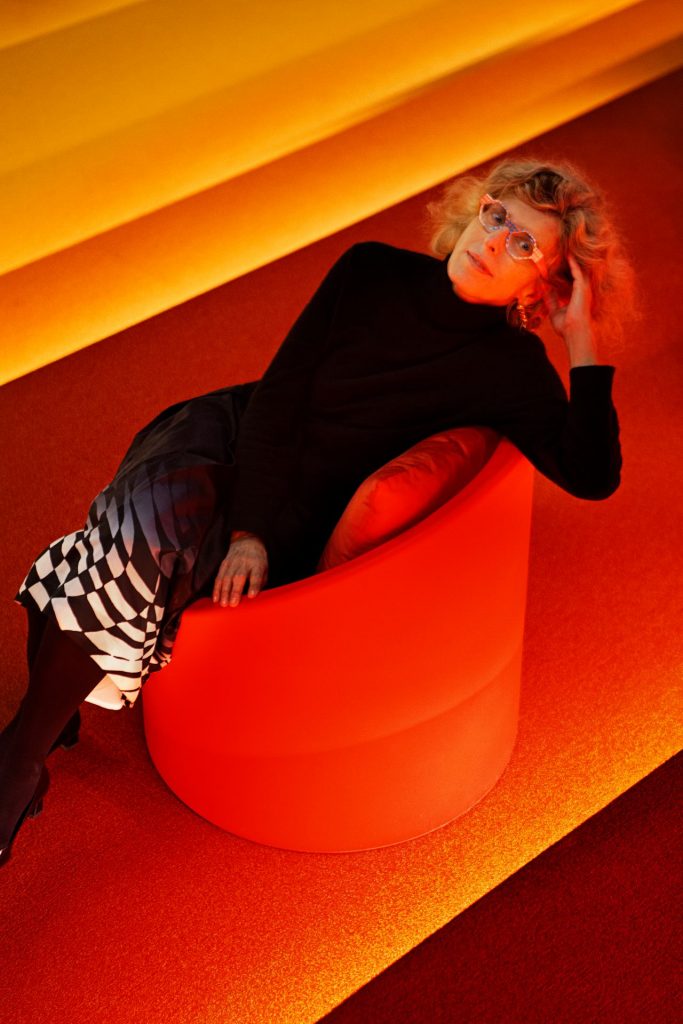 Where do your interest and dedication to architecture and design come from?
Where do your interest and dedication to architecture and design come from?
I’m not entirely sure where, but I think it comes from the inside and is an inherent facet of my persona. My personal and professional life has helped me to learn from and develop this instinct.
What does architecture mean to you?
For me it’s everything: it’s life. Building, shaping, thinking, planning is what I love and what fascinate all human beings corporeally, ethereally, physically and spiritually. Architecture is much more than just a mere object.
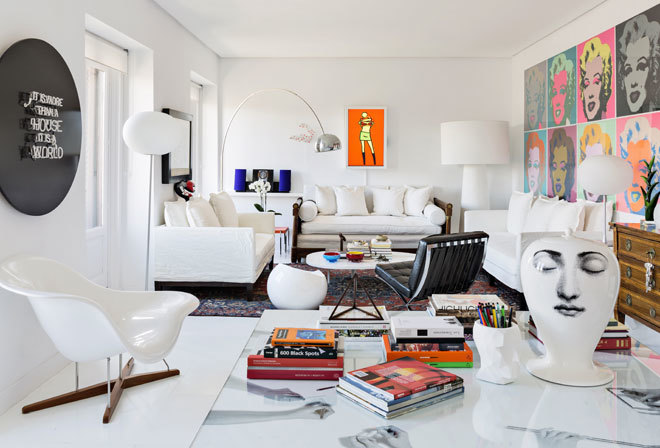 What was your first project like? How have your projects evolved since then?
What was your first project like? How have your projects evolved since then?
My first project was the home of my father’s secretary. I loved it, it was marvellous! She lived in a village and paid me in truffles as she trained sniffer dogs—a common passion in Piedmont, where I myself come from. I recall it with affection: my first commission paid in white truffles! I’m not sure whether my projects have evolved but I do feel and am freer. Of course, one evolves through life and alongside clients. Behind every good project lies a great client. And it is thanks to them that we evolve!
What do you use as inspiration when creating your designs?
Everything can inspire you (or not). Even the most unexpected things can spark the imagination. Inspiration is all about interpreting and observing our surroundings.
We know that your studio is somewhat special, could you tell us how it developed?
I trained in architecture and fine art. Our studio is like a creative lab, a tailor service where we create made-to-measure products for our clients. It is a creative workshop where we research, explore, study, analyse and design across all scales, and for all types of products and projects. We are a multidisciplinary and international team. Moreover, my daughter Francesca also works there and is a partner: two women and two generations running a studio—I couldn’t be prouder! And, of course, our team is like a family that we love to bits. The space itself is an old Flamenco tablao venue, creating an unusual and stimulating ambience.
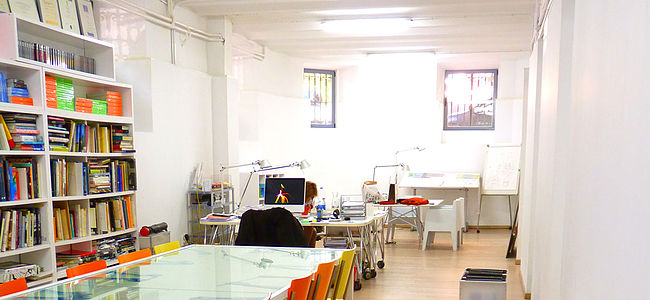 What project has left the greatest impression on you?
What project has left the greatest impression on you?
Without doubt, the Puerta de América car park left its mark. It represented complete turnaround, a tipping point of change and evolution: it altered my perception of reality, of how I think, reflect and design.
How did the Hotel Puerta de América car park project come about?
I met with the CEO, aware that all the great architects and designers were going to play a role in the project and, of course, I also wanted to be part of that great team alongside Norman Foster, Zaha Hadid, Jean Nouvel, Ron Arad, etc. When I proposed collaborating, he suggested that the project might be slightly out of my league. He also added that there were no spaces left to design. So then I said, without a missing a beat, ‘and what if I find the space?’; he laughed and replied, ‘ok, but there’s nothing left and I doubt you know the project better than me, even the lifts are taken’. Then I asked, ‘who’s doing the car park?’.
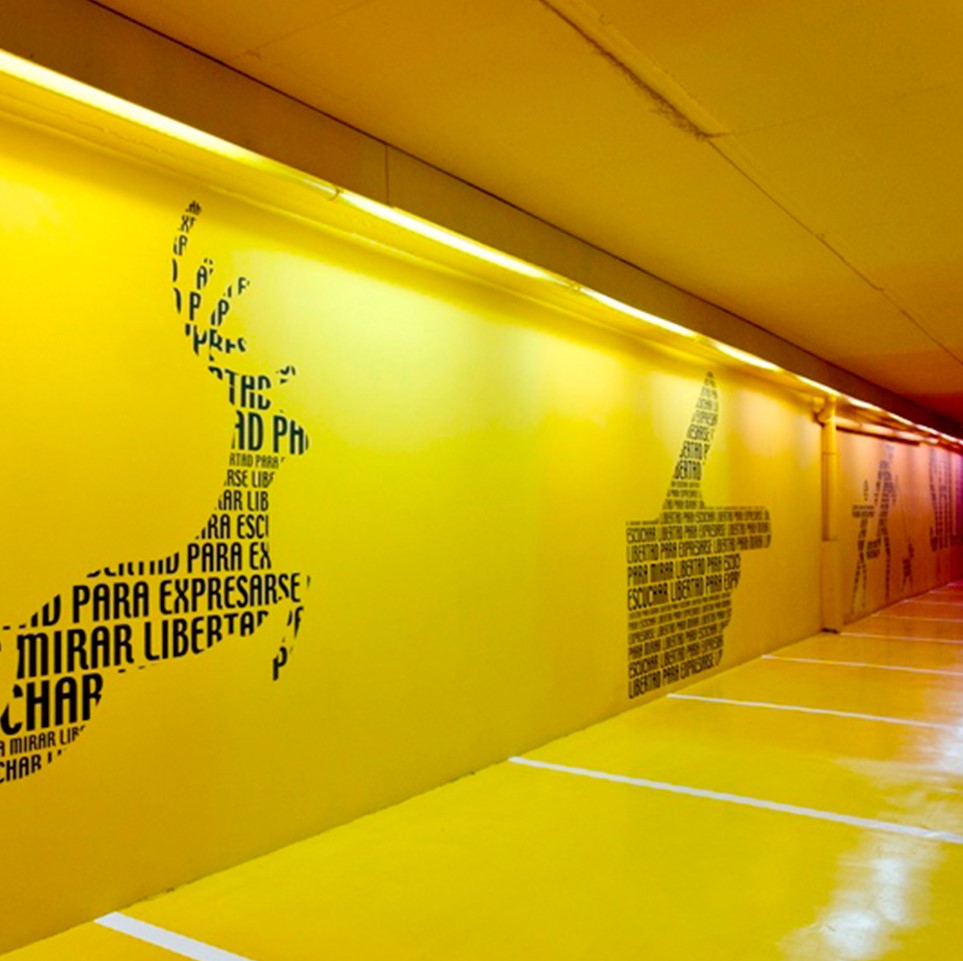 What values do you deem essential in a home?
What values do you deem essential in a home?
Firstly, knowing who will be living there. Then, for me, fundamental elements such as light and knowing how to tailor the space to each client. And not just for now, but also looking ahead. Space can, in a way, evolve alongside the client who is living there. It needs to include public, private and almost secret areas. A space through light and shadows translates into colours, materials, textures and finishes. Above all, it’s about understanding the DNA of who will be living in it.
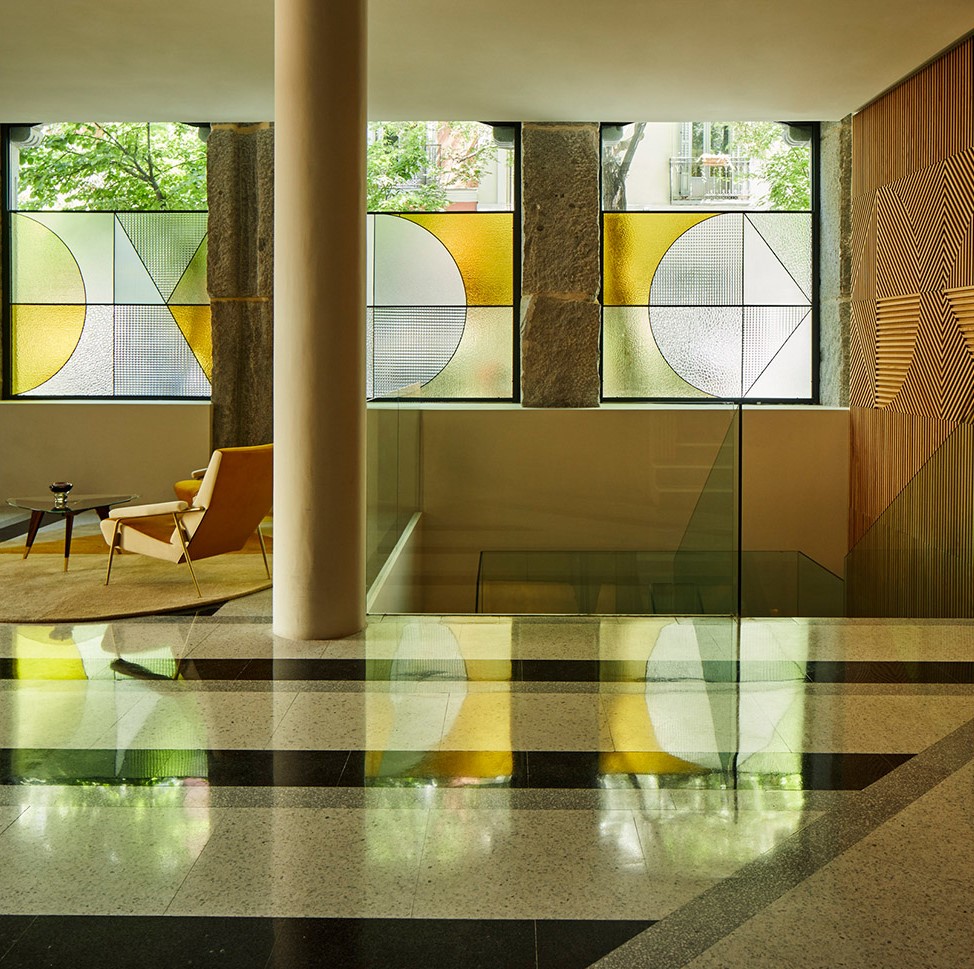 What materials do you tend to use on your projects? What sensations do they spark?
What materials do you tend to use on your projects? What sensations do they spark?
I have no set materials. Colour and light are the basics: they shape the space. I love wood and stone, but also metal, fabric and leather. All materials are magnificent—you just need to know how to bring them together and ensure they tell a story rather than be some kind of display case. I will admit, though, that wood is one of my favourites.
Have you heard about Obsidiana COMPAC? On what projects would you include this material?
I have, it is extremely elegant. I hope to be able to use it on a special tailored project design.
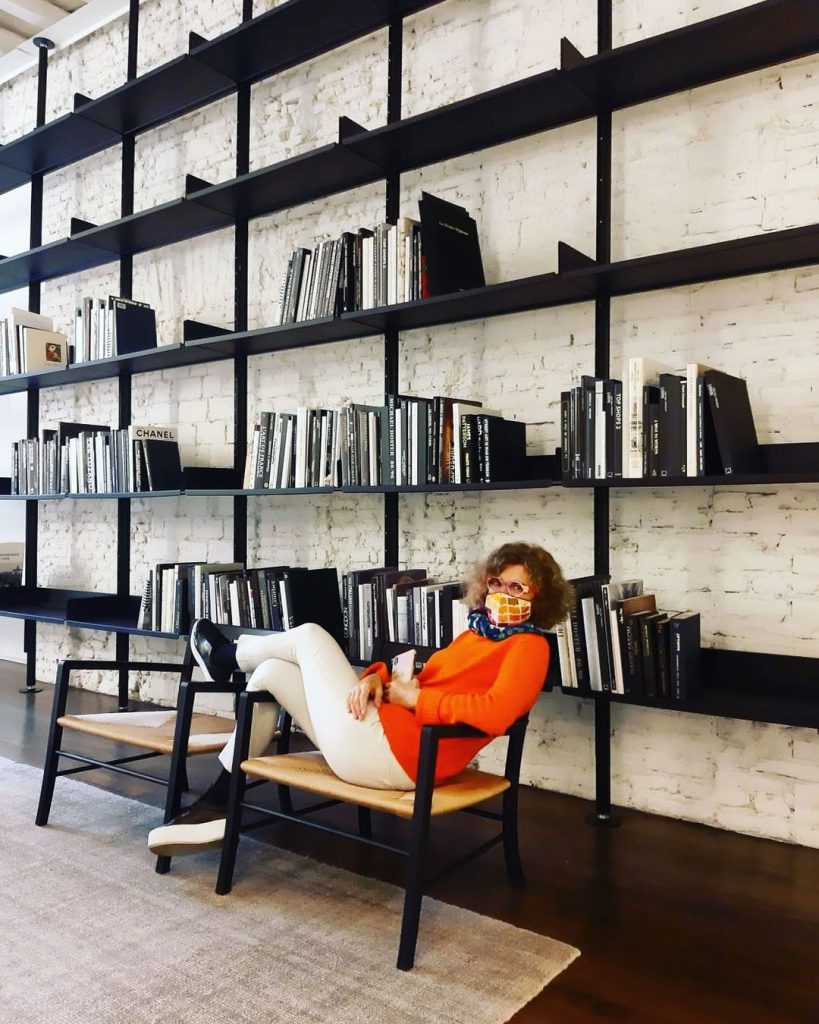 How do you think architecture will change after 2020?
How do you think architecture will change after 2020?
More than change, I’d say architecture adapts to the times and different moments. Just like humankind, the beauty of architecture lies in its huge power of adaptation. Some possible changes could be a re-focusing on the home and how it has become an ‘all-in-one’ space (school, office, restaurant, cinema, gym, etc.). The re-emergence of the entrance and foyer in homes as a barrier between public and private space, acting as a type of hygiene zone, for example. There are many more possibilities.
Do you think that sustainable trends are revolutionising the sector?
For sure, but good projects have always been sustainable, not just now. The world is our textbook: we can produce more sustainable projects by looking at the world and respecting our surroundings.

